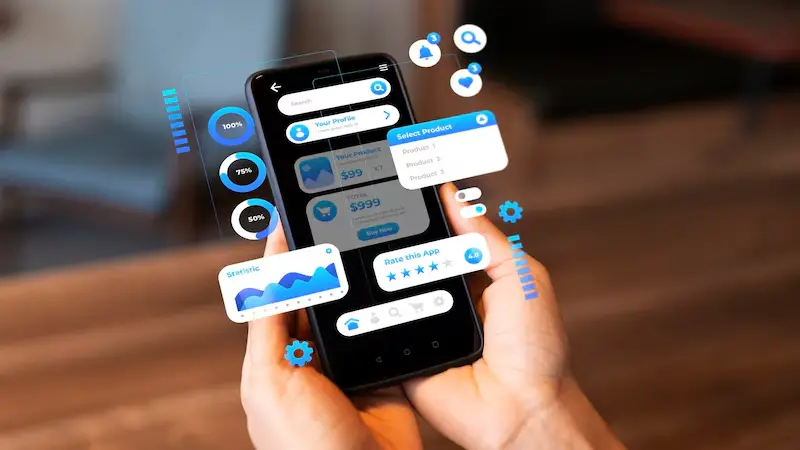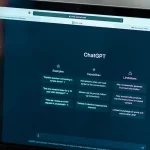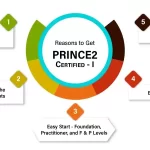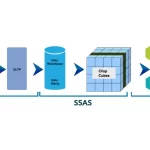Almost everyone is talking about ChatGPT and how it will replace roles done by humans. Is it possible or is it just rumours?
Let us first understand what is ChatGPT .
ChatGPT is an advanced conversational artificial intelligence (AI) system developed by OpenAI. It is based on the GPT (Generative Pre-trained Transformer) architecture, specifically designed for generating human-like text in a conversational context. Here’s an overview of what ChatGPT is and what it can do:
Core Features
- Conversational Abilities: ChatGPT is designed to engage in natural language conversations. It can respond to a wide range of prompts and questions.
- Language Understanding: It can understand and generate text in a way that is coherent and contextually appropriate, allowing for complex interactions.
- Text Generation: ChatGPT can generate text for various purposes, from simple answers to elaborate explanations and creative writing.
Use Cases
- Question Answering: It can answer factual questions or provide explanations on various topics.
- Writing Assistance: ChatGPT can help with drafting emails, composing essays, or generating creative content like stories and poems.
- Brainstorming: It can assist with idea generation for projects, problem-solving, or brainstorming sessions.
- Learning and Education: It can serve as an educational tool to explain concepts, summarize information, or offer insights.
- Accuracy: While ChatGPT can provide useful information, it may sometimes generate incorrect or misleading answers. It is not infallible.
- Real-Time Data: ChatGPT doesn’t have access to live data or events occurring after its last training update. As of now, it lacks browsing capabilities.
- Memory: It does not retain memory of past conversations beyond the current session, meaning it doesn’t have personal memories or continuity between interactions.
- Ethics and Safety: OpenAI has implemented safeguards to ensure ethical use, but the model can still produce inappropriate content or be used for harmful purposes if not managed properly.
- Platforms: ChatGPT is available on various platforms, including OpenAI’s website, APIs for developers, and integrations with third-party applications.
- Versions: OpenAI has released different versions of the GPT model, with ChatGPT being one of the conversational implementations.
- Input Flexibility: Users can interact with ChatGPT using natural language input, either through text or voice (depending on the platform).
- Response Customization: Users can request specific response formats, such as bullet points, step-by-step instructions, or detailed explanations.
Limitations
Accessibility
User Interaction
ChatGPT represents a significant advancement in conversational AI, enabling users to engage in a variety of tasks with an intelligent virtual assistant. Despite its limitations, it has a wide range of applications and continues to evolve with advancements in AI technology.


















































